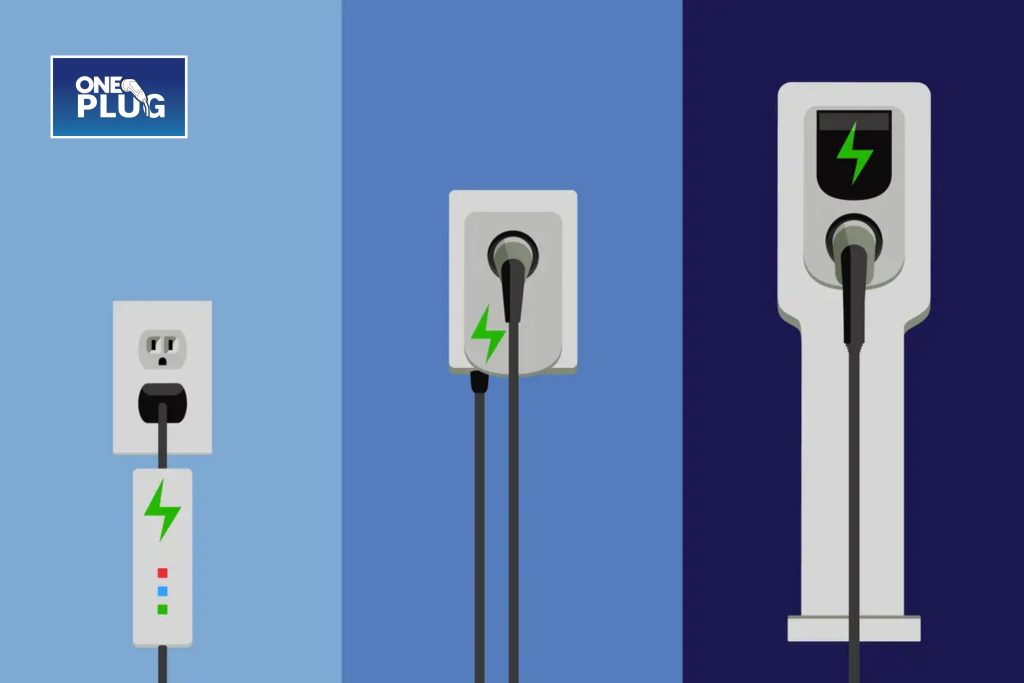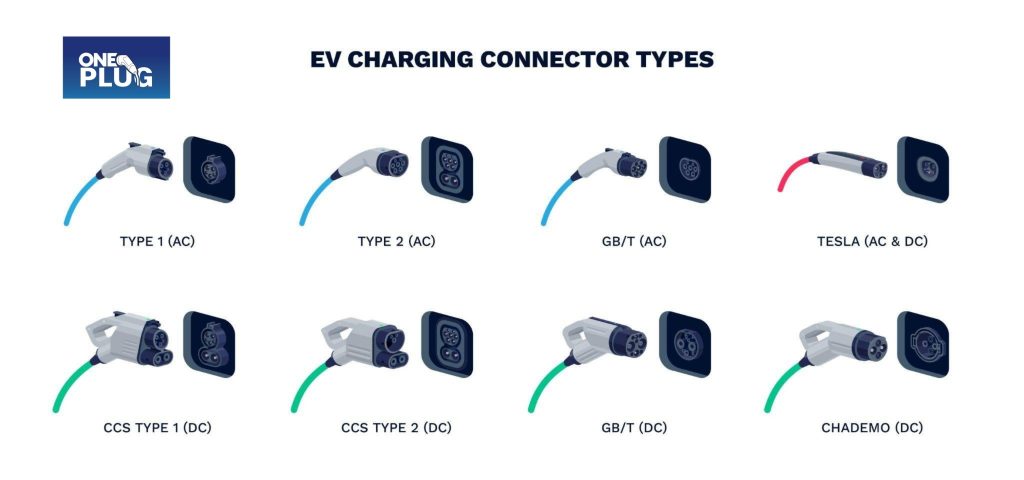Understanding Electric Vehicle (EV) Charger Types
As India steadily moves towards greener alternatives in transportation, electric vehicles (EVs) have become an increasingly popular choice for reducing carbon emissions and improving air quality. One of the key components in ensuring the success of EV adoption is the availability of an efficient and accessible charging infrastructure. Understanding the different types of electric vehicle (EV) chargers available in India can help potential EV owners make informed decisions about the best options for their charging needs.
In this article, we will explore the various types of EV chargers available in India, their features, and their suitability for different environments and users.
Types of EV Chargers in India
Electric vehicle chargers are primarily categorized based on their power output and charging speed. The three main types of EV chargers used in India are Level 1, Level 2, and Level 3 chargers. Each type of charger has its own characteristics and plays a crucial role in the development of India’s EV infrastructure.

1. Level 1 Charger (AC Charger)
Power Supply: 220V AC (Standard household outlet)
Charging Speed: 3 to 5 km of range per hour
Usage: Residential, basic charging
Level 1 chargers are the most basic form of charging infrastructure. In India, these chargers typically use a standard 220V AC household power outlet. These chargers are often supplied with electric vehicles at the time of purchase, making them the most common way of charging EVs at home. While they are convenient and easy to use, they are also slow, providing only 3 to 5 kilometers of range per hour of charging.
For users who only drive short distances daily, Level 1 chargers may be enough to maintain their vehicle’s charge. However, the slower charging speed makes it less suitable for those who require faster recharges.
Advantages:
- No special installation needed, just a regular 220V outlet.
- Ideal for overnight charging.
- Minimal setup cost.
Disadvantages:
- Slow charging speed.
- Not suitable for regular or long-distance use.
2. Level 2 Charger (AC Fast Charger)
Power Supply: 240V AC (Dedicated charging stations)
Charging Speed: 15 to 30 km of range per hour
Usage: Residential, commercial, public charging stations
Level 2 chargers are faster than Level 1 chargers and are typically installed in homes, offices, and public spaces like shopping malls or parking lots. These chargers require a 240V AC supply and often come with a higher power output (3.3 kW to 22 kW), which translates to faster charging times. A Level 2 charger can provide an estimated 15 to 30 kilometers of range per hour, making it suitable for EV owners who drive moderate distances daily.
Level 2 chargers are becoming increasingly common across India, especially in urban areas and commercial establishments, as they offer a good balance between cost and charging speed. With the rise of EV adoption in India, more Level 2 chargers are expected to be deployed across cities.
Advantages:
- Faster charging speed compared to Level 1.
- Suitable for daily use at home or work.
- Available at many public charging stations.
Disadvantages:
- Requires professional installation of a dedicated 240V outlet.
- More expensive than Level 1 chargers.
3. Level 3 Charger (DC Fast Charger)
Power Supply: 480V DC (Direct current).
Charging Speed: 50 to 80% charge in 30-60 minutes.
Usage: Public charging stations, highways, commercial centers.
Level 3 chargers, also known as DC Fast Chargers, are the fastest type of EV chargers available today. Unlike Level 1 and Level 2 chargers, which use alternating current (AC), Level 3 chargers use direct current (DC) to deliver much faster charging speeds. These chargers are typically capable of delivering 50% to 80% of a full charge in just 30 to 60 minutes, which makes them ideal for long-distance travelers or those who need a quick charge during busy schedules.
In India, Level 3 chargers are primarily located along highways and at high-traffic commercial centers. The government has been encouraging the installation of fast charging infrastructure to support the EV ecosystem, particularly for intercity travel.
Advantages:
- Very fast charging speeds, suitable for long-distance driving.
- Reduces charging time significantly (fast refueling on the go).
- Available at major highways and commercial hubs.
Disadvantages:
- Expensive to install and maintain.
- Requires high voltage and specialized infrastructure.
- Not all vehicles are compatible with DC fast chargers.
EV Charging Infrastructure in India
India is making significant strides toward building an extensive EV charging network. Several government initiatives, including the Faster Adoption and Manufacturing of Hybrid and Electric Vehicles (FAME) scheme, are pushing the expansion of EV charging stations across the country. Public-private partnerships are also playing a key role in setting up EV chargers in high-traffic areas such as malls, office complexes, airports, and metro stations.
Charging stations that offer Level 2 and Level 3 chargers are becoming more widespread, especially in urban centers like Delhi, Mumbai, Bengaluru, and Hyderabad. Additionally, the government is focusing on creating a robust charging network in rural and semi-urban areas to make EV ownership more accessible nationwide.
Key EV Charger Connector Types in India

In India, EV chargers are also categorized by the type of connector used. The most common connector types include:
Type 2 (IEC 62196-2) Connector
This is the most widely used connector for Level 2 chargers in India, supporting both single-phase and three-phase AC charging. It is the standard connector type used in India for commercial charging stations.
DC Fast Charging (CCS2 / CHAdeMO)
For Level 3 DC Fast Chargers, India uses two primary types of connectors: CCS2 (Combined Charging System 2) and CHAdeMO. CCS2 is becoming more common in India, and it is the preferred connector for many modern electric vehicles. CHAdeMO, meanwhile, is still used by certain Japanese EV brands like Nissan and Mitsubishi.
Conclusion
As India continues to embrace the shift towards electric mobility, understanding the different types of EV chargers is essential for EV owners, businesses, and governments alike. The growth of charging infrastructure across the country will play a pivotal role in ensuring that electric vehicle adoption becomes more convenient and accessible to all.
Level 1 chargers serve as a basic option for home charging, while Level 2 chargers offer faster speeds for everyday use. For long-distance travel, Level 3 chargers provide the fast recharges that are necessary for intercity journeys. With continued government support and infrastructure development, the future of electric vehicle charging in India looks promising, helping to build a cleaner, greener, and more sustainable transportation system.
